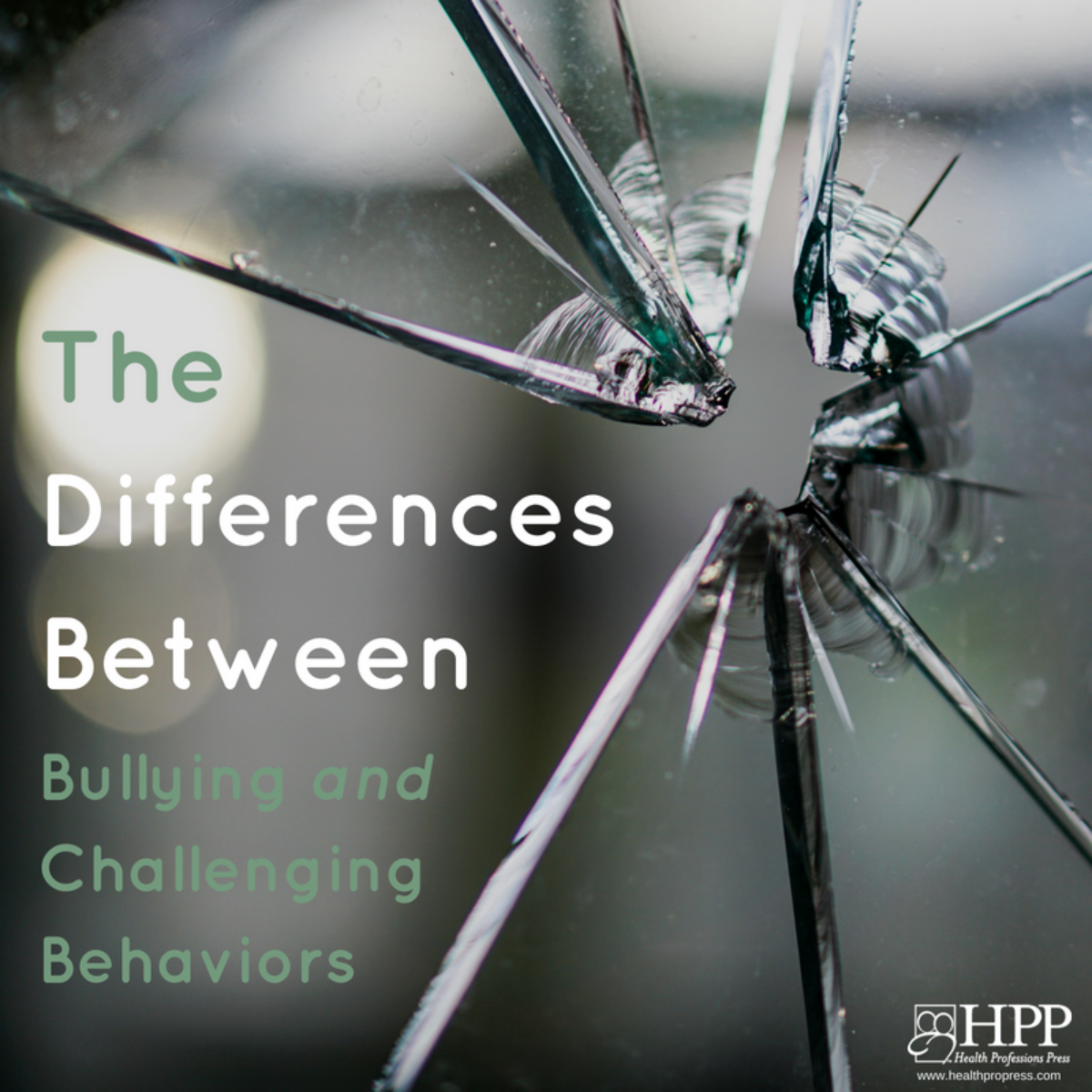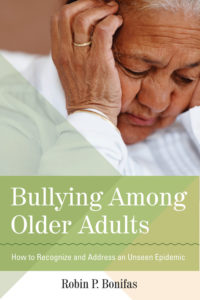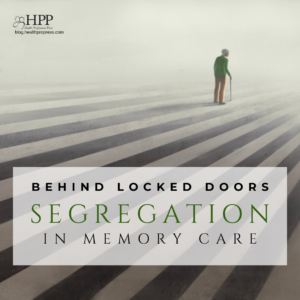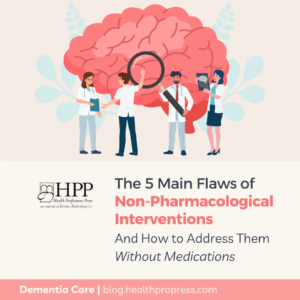
The Differences Between Bullying and Challenging Behaviors in Long-Term Care
Older adults in long-term care
Although many behaviors exhibited by older adults can be challenging, the situation in which behavior occurs and the type of behavior often determine whether it is actually bullying versus a challenging behavior whereby a resident is simply being rude or unpleasant.
Key factors that define an incident as bullying include behaviors that:
- Are directed at a specific person or group of people
- Involve an imbalance of power or a desire to gain power
- Occur repeatedly in most cases
As an example of a challenging behavior that does not meet the definition of bullying, consider and individual who yells and strikes out at most everyone in his or her environment. This is not necessarily bullying because the behavior does not target a specific individual or group of individuals. Similarly, a behavior may be inappropriate and violate community rules, but is not truly bullying because the dynamics of power and control are absent.
For example, in a public area of an assisted living facility a resident showing visible symptoms of mental illness, such as engaging in loud and animated conversations with unseen stimuli, may frighten and upset other residents. His behavior, however, is not motivated by a need for power over others, is not interpersonal, and is not directed ant anyone specifically.
As a further example, two individuals with strong personalities who frequently butt heads over differences of opinion are not engaging n bullying even if verbally abusive language and negative gestures are used because they are equally matched; one is not able to use his or her power to control or intimidate the other. However, if one of these individuals is more timid and is being pressured to join the other’s side or face exclusion, then bullying is occurring. The term power refers to inner personal strength in influencing others to align with one’s point of view. In the context of bullying, personal power is used negatively to harm others physically, emotionally, or socially.
Is it bullying?
The following two scenarios demonstrate the difference between bullying and challenging behavior.
Scenario 1: An older woman yells loudly several times in a congregate meal setting filled with other older adults that she does not like the chair she is sitting in.
Is she being a bully? No. The behavior is not directed at a specific individual or group of individuals and does not appear to stem from a need to dominate others. If, instead, the older woman encroached on another resident’s personal spaced and loudly yelled at him, “Get out of my chair or I will throw this coffee on you!” the situation would be bullying.
Scenario 2: A resident in an assisted living facility repeatedly tells another resident who is foreign-born that he will see to it that she is evicted because she cannot speak English properly.
Is he being a bully? Yes. The behavior is targeted at a specific individual and is intended to intimidate her. It would even be bullying if he had said, “You people over there at the card table who can’t speak English properly need to leave.” Alternatively, if the individual had yelled out in the community room “People who can’t speak proper English should leave!” it would not be considered bullying because the behavior is not directed toward a specific individual or group of individuals.
Bullying and dementia
It is important to keep in mind that some people exhibit verbal or physical aggression when they are frustrated or upset as a way of communicating their feelings, especially those in the advanced stages of dementia. In these cases, the behaviors do not stem from a need to domineer and control others, but instead are due to brain deterioration and associated difficulty in accurately perceiving and effectively responding to environmental stimuli. Such behaviors require alternative modes of intervention that address impulse control challenges, communication difficulties, frustration regarding impaired task performance, and misperceptions of potential environmental threats. In these instances, however, it is important to remember that exposure to such unpleasant or disruptive behaviors can feel like bullying to the person experiencing the behaviors.
To check your knowledge of bullying behaviors versus challenging behaviors, take the Is It Bullying? test here.
This post was adapted from Bullying Among Older Adults: How to Recognize and Address an Unseen Epidemic by Robin P. Bonifas, Ph.D., M.S.W. © 2016 by Health Professions Press, Inc. All rights reserved.
Read the book!
 Bullying Among Older Adults
Bullying Among Older Adults
How to Recognize and Address an Unseen Epidemic
By Robin P. Bonifas, Ph.D., M.S.W.
© 2016 by Health Professions Press, Inc. All rights reserved.
Equip yourself with the knowledge and tools to recognize, intervene, and prevent resident-to-resident bullying in elder care.





Add comment